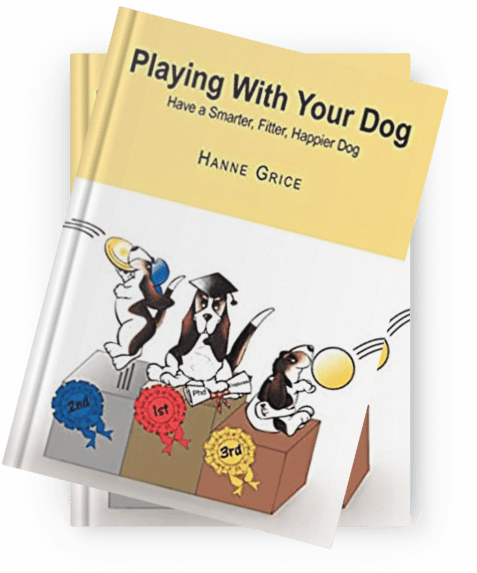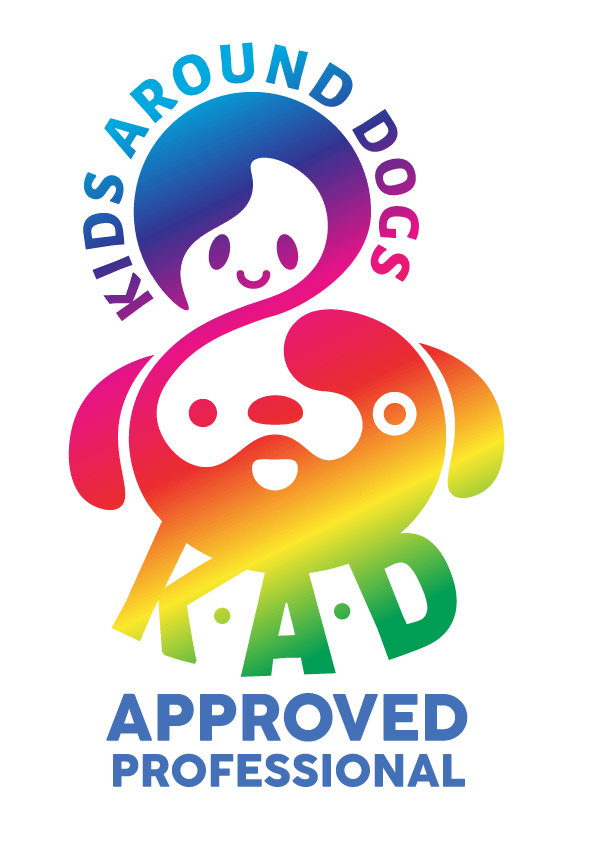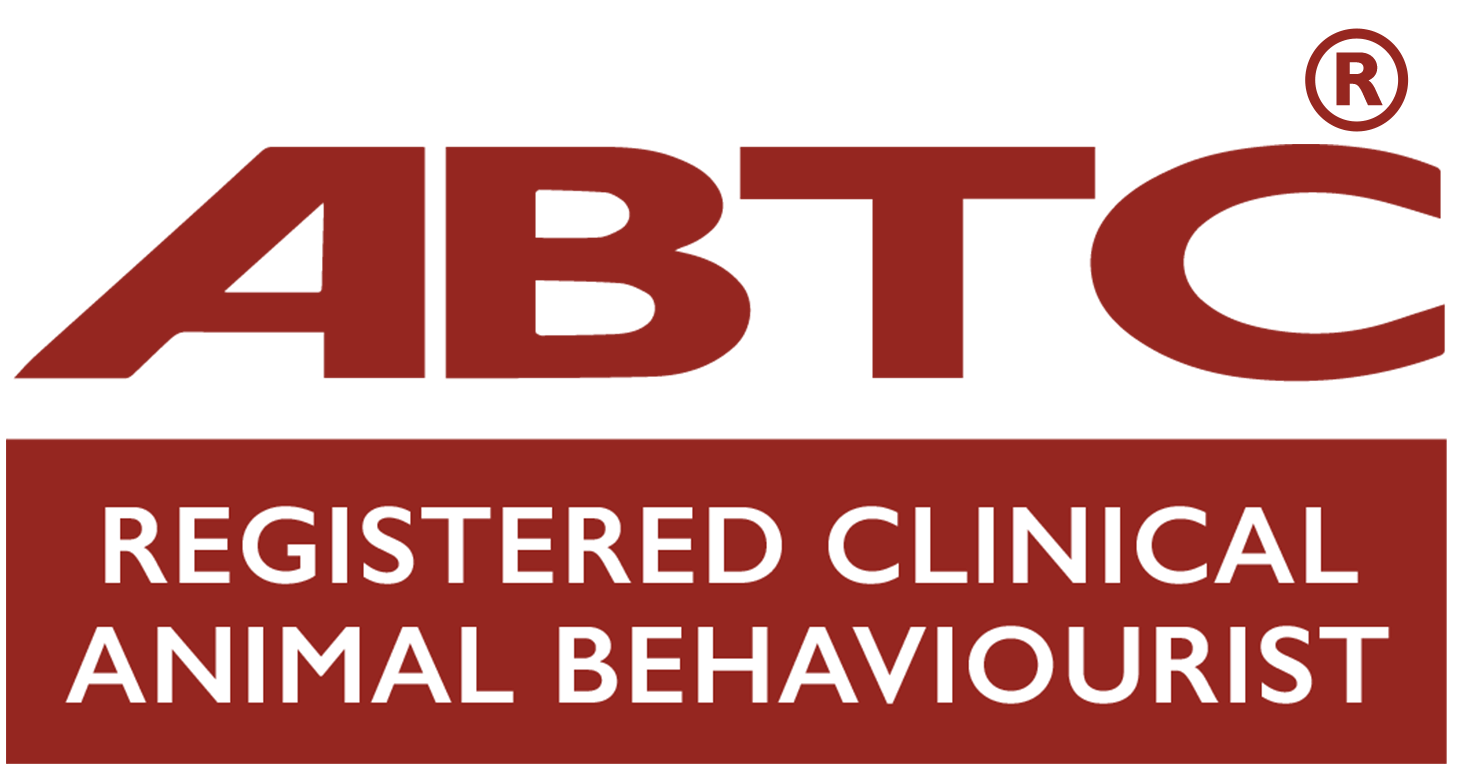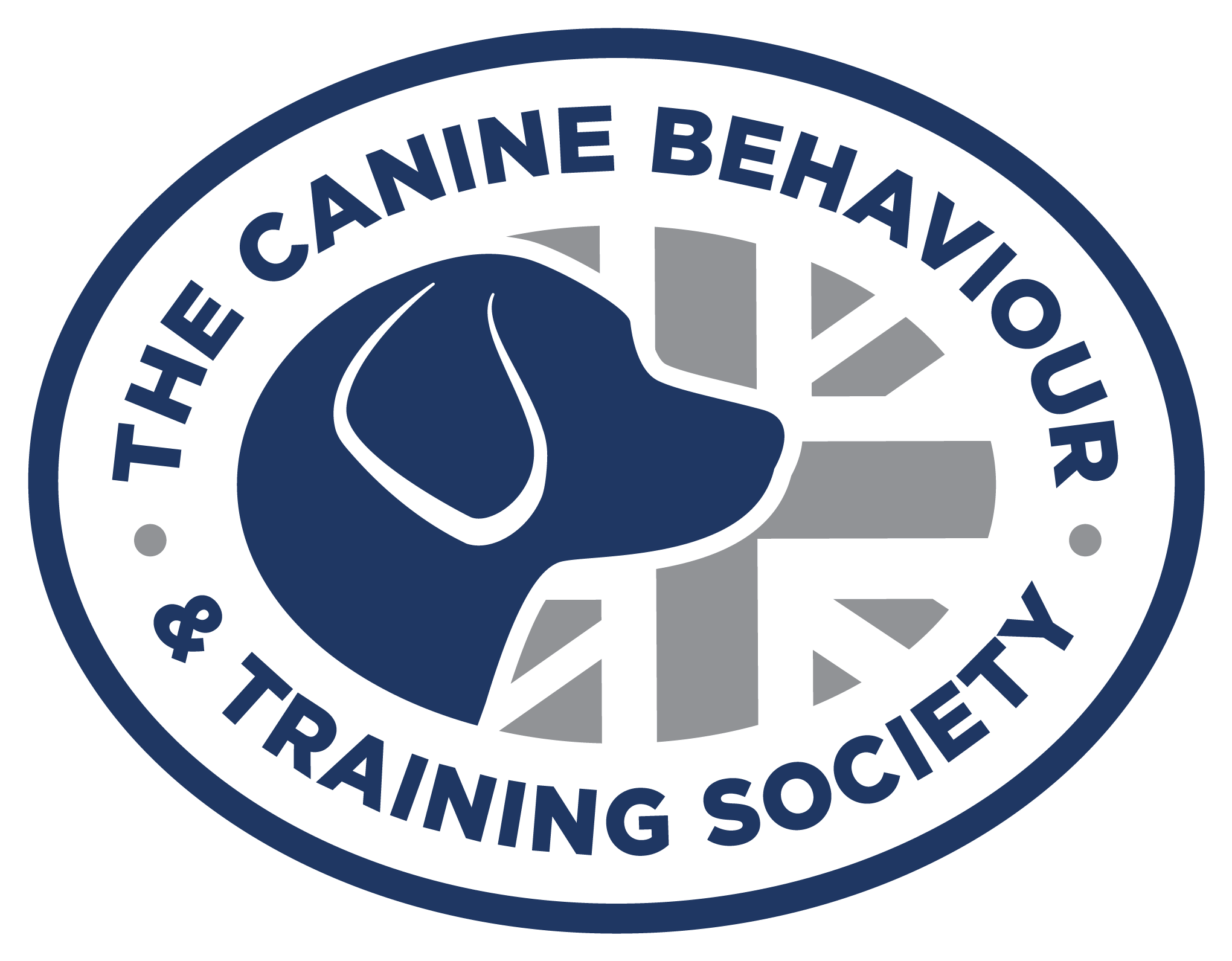Crate training is a useful tool for both housetraining and preventing some unwanted behaviours. A crate can also become like a den for your dog, somewhere safe and comfortable where he can go to enjoy a nap or to take himself off on his own for a while. It can also be useful for times when you are unable to supervise your dog so he will not be able to endanger himself, chew the furniture or eliminate in the house. Dogs usually don’t like eliminating where they sleep so crate training can aid you in housetraining your pup too.
You should make sure the crate is there for the right reasons and is safe and of suitable size. Crates should never be used as a way to punish your dog or a place where he will be left for many hours at a time. The crate should be as inviting as possible and used in the right way can be beneficial to both dog and owner.
How to crate train your dog…
- In the beginning, praise and pet your dog when he enters. Don’t push, pull or force him into the crate as you want to create a positive association with the crate. However, at night you may need to place your dog in his crate, and shut the door upon retiring. In most cases, the crate should be placed next to your bed overnight. If this isn’t possible, the crate should be placed in a central area such as the kitchen or living room.
- At first, crate your dog for short periods of time while you’re at home with him. Crate training is best accomplished while you’re in the room with your dog. Getting him used to your absence from the room for short bursts when crated is a good first step. This prevents an association being made with the crate and you leaving him alone.
- Occasionally throughout the day, drop food reward into the crate. While investigating his new crate, your dog will discover edible treasures, thereby reinforcing his positive associations with the crate. You should also feed him in the crate to create the same effect (shut the door as he eats, but leave unlocked so he can push it open if he wants to). If he hesitates, it often works to feed in front of the crate, then right inside the doorway and then, finally, in the back of the crate.
- Why not play games with your dog using the crate, again to build up a positive association with it. Drop a small dog biscuit into the crate, call your dog and say, “Where’s the biscuit? It’s in your room.” Using only a friendly, encouraging voice, direct your dog toward his crate. When he discovers the treat, give enthusiastic praise. Your dog should be free to leave its crate at all times during this game. Later on, your dog’s toy or ball can be substituted for the treat.
- Cover the top and sides of the crate to create a safe and den like environment for your dog.
Top Tips
- Ensure your dog is not wearing his collar when in the crate as this could get caught on the wire crate and may cause choking.
- Leaving a bowl of water in the crate with your isn’t always ideal as it can be knocked over and wet bedding. A good alternative is using a hamster type water dispenser attached to the crate.
- Whenever possible, place the crate near or next to you when you are home. This will encourage your dog to go inside it without him feeling lonely or isolated when you go out. A central room in the house (i.e. living room or kitchen) is a good place.
- Gesture leaving when your dog is inside the crate is very important and a great way of getting him used to being alone for short periods.
Download our information sheet: Crate Training
Learn more about our classes
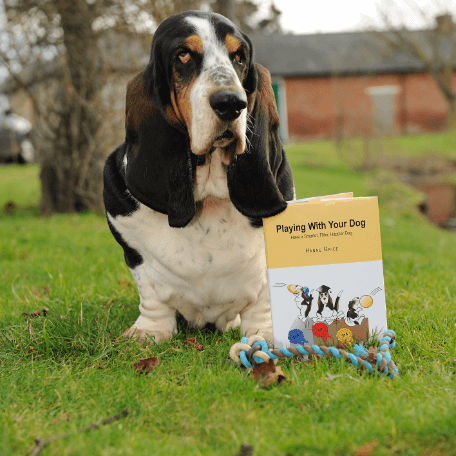
Get Hanne's Book
Playing With Your Dog will help any dog owner work out the games that are best suited for their pet to play throughout his life, from puppyhood to old age. The book also shares some tricks for all ages, group activities, and recommended toys that dogs will enjoy.
